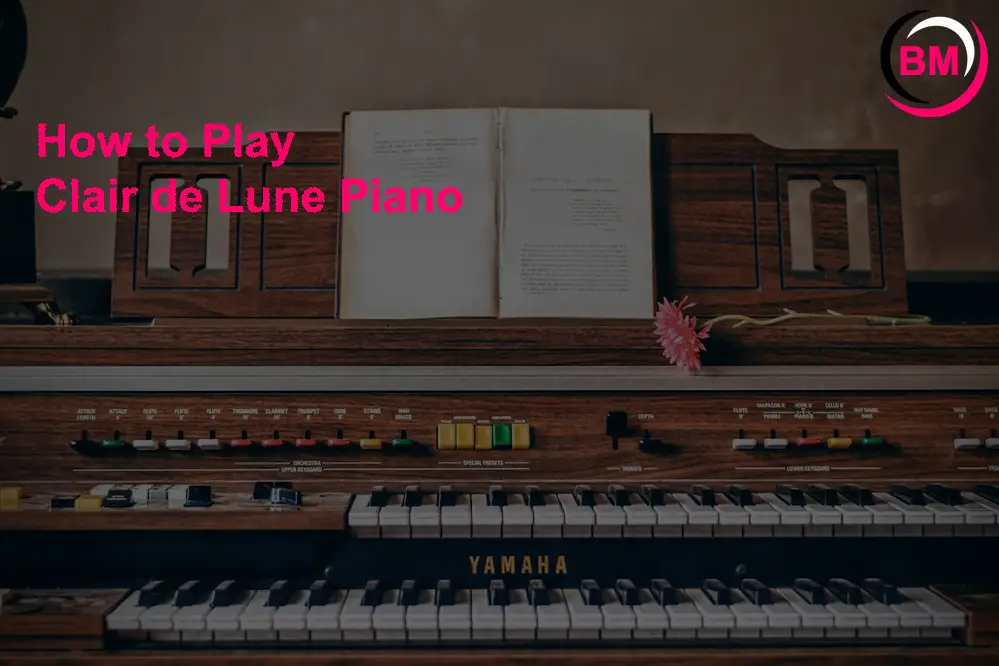
Are you wondering How to Play Clair de Lune Piano? Have you ever heard the beautiful, dreamy sounds of Debussy’s Clair de Lune?
It’s one of the most recognizable pieces of classical music and can be tricky to learn. However, with practice and dedication, anyone can learn how to play it on the piano. Let’s look at what it takes to master this beloved work of art.
How to Play Clair de Lune Piano
The Basics of Clair de Lune
Clair de Lune is a piece that was composed by Claude Debussy in 1890. The song consists of three sections—A, B, and C—and is written in the key of G-flat major.
While many complex chords and arpeggios are involved, the basic structure is relatively straightforward, so you don’t have to worry about getting too overwhelmed.
Practice Makes Perfect
The best way to learn how to play Clair de Lune is to break each section into manageable sections and practice them separately. Start with the A section first, which consists of a four-measure pattern that repeats throughout the song.
Once you get comfortable with that pattern, move on to the next sections. Break each one down into smaller chunks until you can play them together without any mistakes or hesitations.
It’s also important to pay attention to dynamics when playing Clair de Lune — from pianissimo (very soft) at the beginning to forte (loud) towards the end — since they help bring out different nuances in each phrase.
Playing With Feeling
While mastering technical aspects such as notes and rhythms are essential when learning to play Clair de Lune, it’s equally important to remember to play with emotion!
After all, this piece was composed by Debussy over 100 years ago — so there must be something special about it that has kept audiences captivated for so long!
Consider what Debussy was trying to express in this piece and find ways to bring out those emotions when playing it on your instrument.
Conclusion: How to Play Clair de Lune Piano
Clair de Lune is a beautiful yet challenging piece for any piano player looking for a challenge.
Suppose you are willing to put some time and dedication into learning to play this classic work of art.
In that case, you will undoubtedly reap the rewards—not only from having learned an impressive song but also from being able to unlock its emotional depths! So why wait?
Get practicing today and see where your journey with Debussy’s masterpiece takes you!
Related Post:
- How to Start a Piano Teaching Business
- How to Play Popular Songs on Piano – Easy and Fun!
- How to Play a Sad Song on Piano (Simple Guide)
- How to Play a Thousand Years on Piano Sheet Music

John is the Senior Content writer at BandMag. With 8+ years experience in content writing and SEO, he loves talking about content creation, SEO and his dog.







